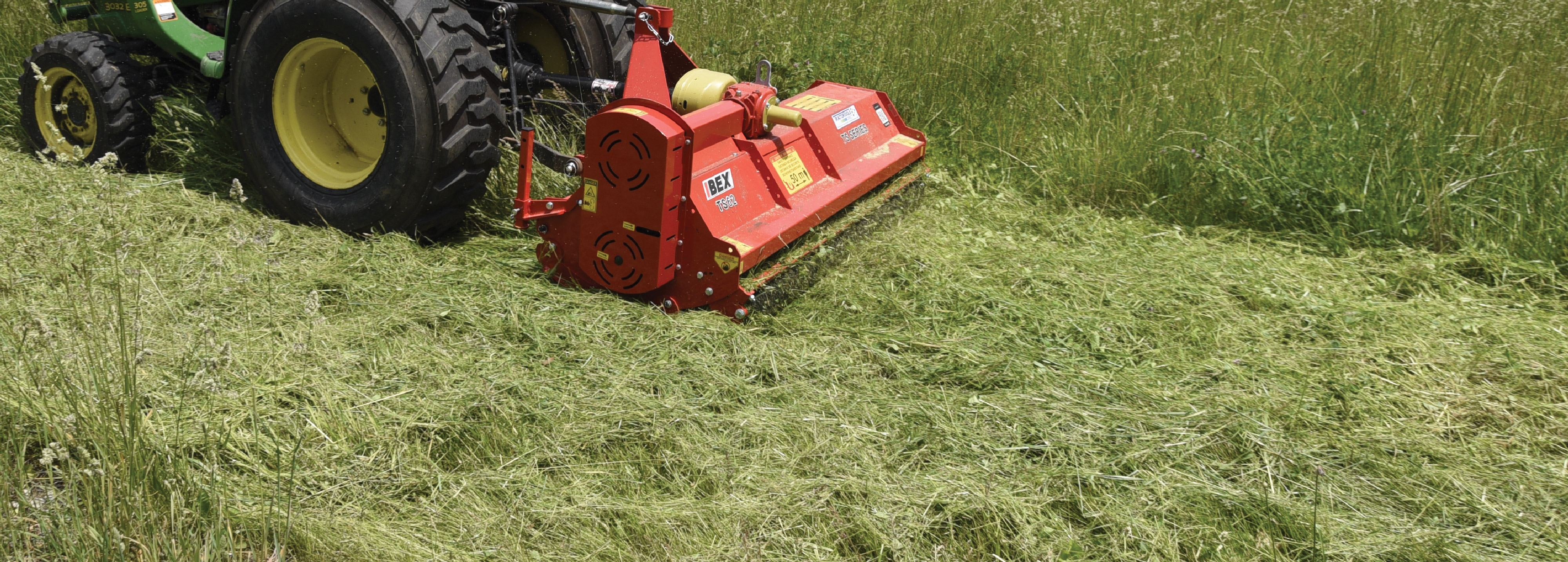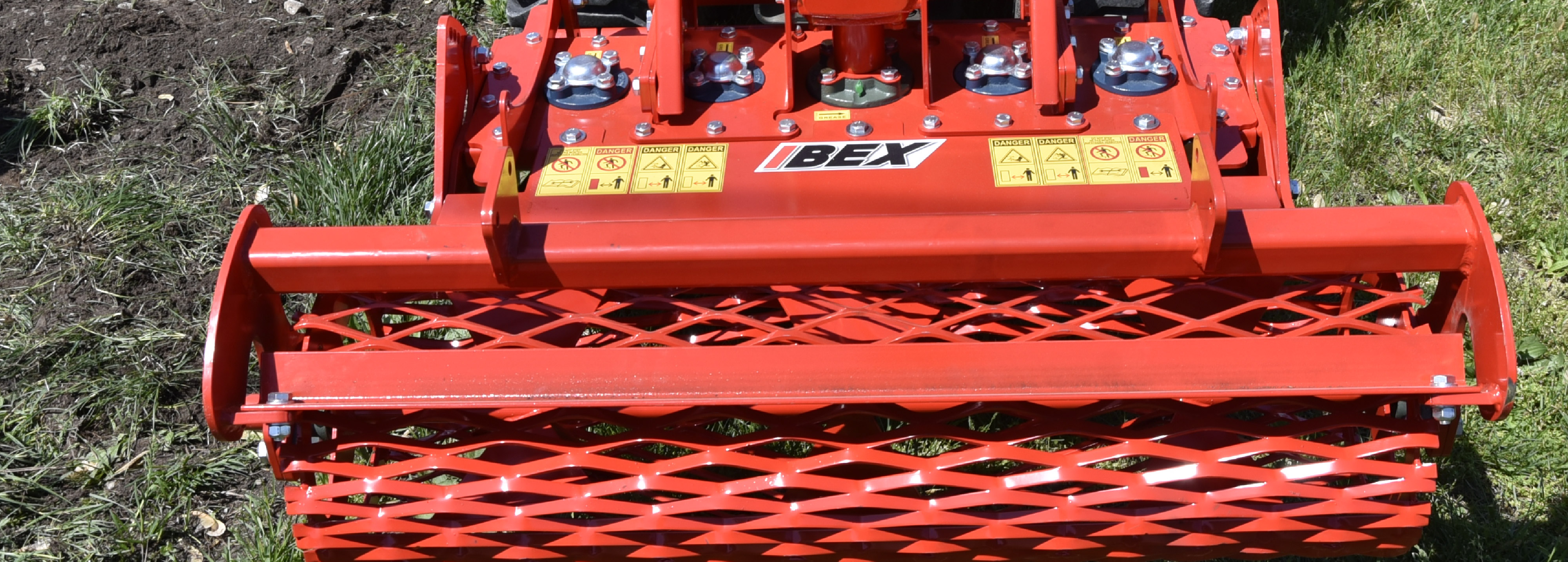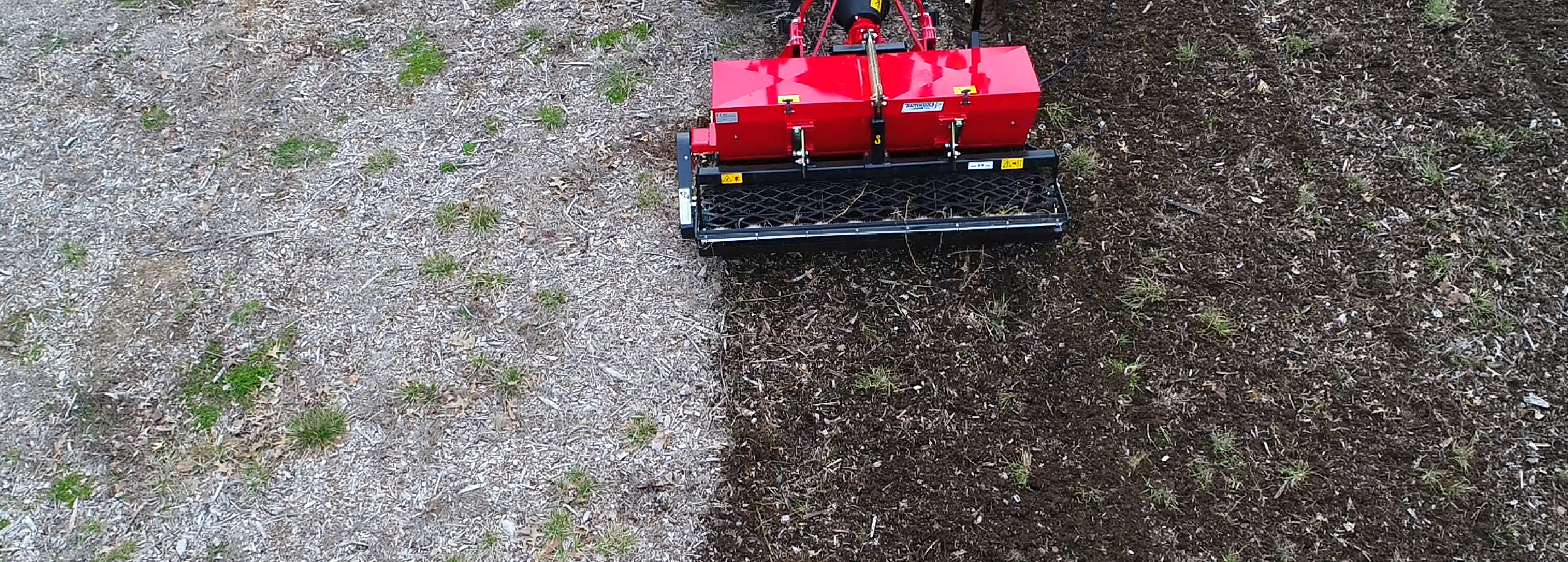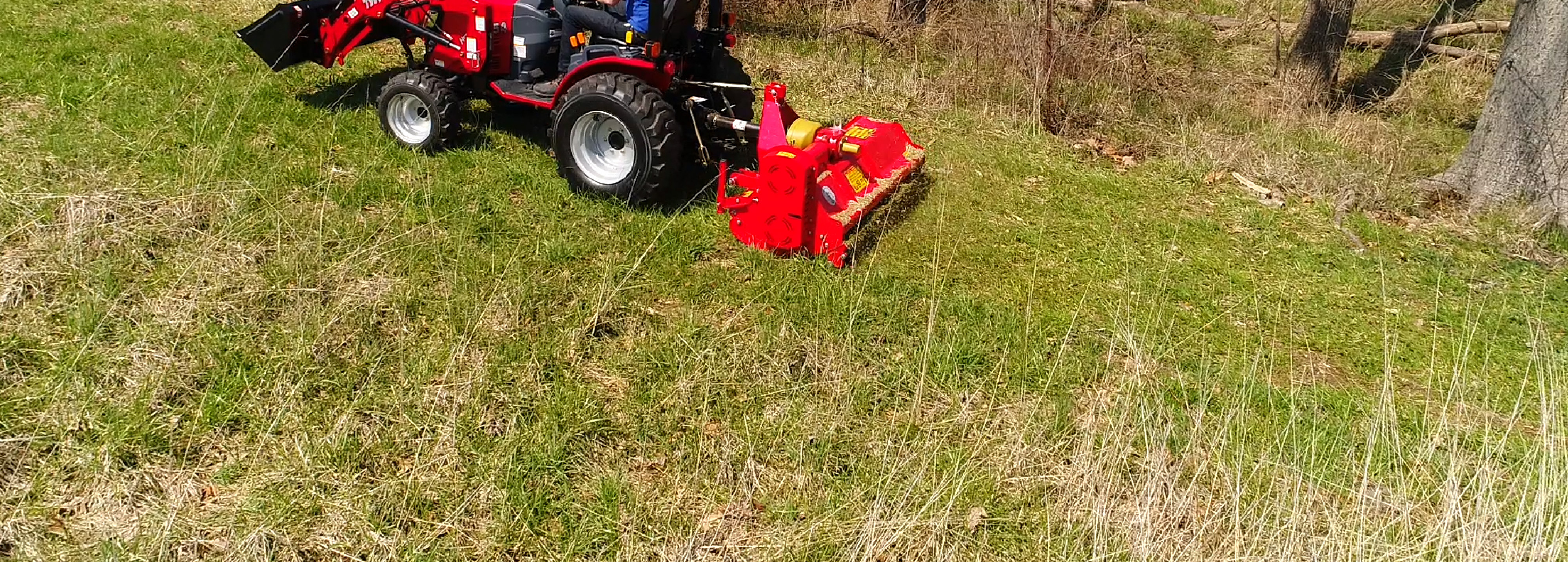Be On the Cutting Edge of Modern Market Gardening Using Raised Bed Systems: FULL-TILL, MINIMUM-TILL, and NO-TILL

Market gardening is the production of vegetables, fruits, flowers and other plants on a scale larger than a home garden, yet small enough that many of the principles of gardening are applicable. This is done in raised beds. It seems that the concept of raised bed gardening has become the latest trend in home gardening. However, growing vegetables in raised beds has been going on in market gardening for years. The modern raised beds used for market gardening have no frames, only soil mounded up to allow the soil to drain well and to warm in the spring months.
For those of you who are considering market gardening in raised beds let me begin with an overview of this gardening practice. Two common widths of these beds are 36” and 48” and whatever length is available for use. There are walkways between each that are normally 12” to 24” in width. Once the beds are formed and established, the preferred way of preparation for planting is accomplished with a tractor that has its wheels spaced at a width that allows them to run in the walkway and not in the bed. Only the mower, tillage tool, or planter operates in the bed at a width matching the planting bed. Once the beds are established, all planting, cultivation, and harvesting is accomplished while remaining in the walkway. This minimizes soil compaction and maximizes soil health.
From full-till to low-till to no-till, different approaches require different practices but with the same tools. The health (fertility) of the soil in raised beds is much more manageable than in row crop production of produce. This soil health management is accomplished with a practice known as regenerative farming. This farming method focuses on putting as much back into your soil as you take from it. It is a much more environmentally friendly method of farming than conventional row crop production. Essential tools for this method of market gardening are a flail mower and a power harrow. These machines are highly advantageous from an agronomic point of view: they contribute to a higher crop yield since they do not invert soil layers, but rather help to maintain the soil’s natural composition, structure, and biodiversity required in regenerative farming.

The flail mower gets its name from the use of flails, or blades, attached to its rotating horizontal drum. No matter your stance on tillage practices, terminating and then incorporating plant residue of a harvested crop or a cover crop in preparation for planting is a necessity in bed preparation. The flail mower is the perfect tool for this. Flail mowers chop the plant residue or cover crop and drop the mowed material in place creating a nice even mat of green mulch. Rotary mowers tend to leave large clumps of material and scatter it into the walkway wasting valuable compostable plant material. Unlike a rotary mower, a flail mower is able to mow at ground level or even just below ground level incorporating a bit of soil into the mat of plant material generated by the flail mower. Referred to as power composting, this process aids in the decomposition process and speeds up the release of carbon into the soil. For minimum till and no till practices, flail mowing in this manner leaves a planting bed that is ready for transplants.
If you are preparing a soil bed for transplanting or direct seeding, a power harrow is an absolute necessity. Whether your tillage practices are minimum till or full till, a power harrow is a specialized piece of tillage equipment used to prepare a perfect planting bed. The tillage depth of the power harrow is easily adjusted ranging from 1” to 6” and is well controlled by the rear roller. This allows you to stir only the top humus layer without inverting (turning over) the soil. This leaves the lower layers of soil undisturbed and does not mix the humus layer into the lower layers, maintaining the fertility of the top layer of soil where it is most beneficial for healthy plant growth and maintains soil health throughout the entire root zone. The power harrow leaves a level planting area with a mesh pattern that lightly firms the soil surface. This lightly firmed surface helps preserve moisture in the planting depth and leaves the soil perfectly crumbled for an ideal planting medium.
Another point that sets power harrows apart from rototillers is the fact that they don’t contribute to soil compaction in the way rototillers do. Rototillers, by the swiping motion against the soil level at the bottom of the tilled depth create soil compaction. This compaction occurs when soil pore spaces are eliminated by the swiping, squeezing and crushing action of the tines against the soil, creating compacted soil known as hard pan formation. With precise depth control to till only the upper humus layer of soil and vertical tillage of the power harrow, it doesn’t fragment the soil into the very fine particles that contribute to hardpan formation as extensively as rototillers. This also helps to maintain a healthy, nutrient rich seedbed which is aerated and drains water well.

The power harrow has multiple sets of tines that rotate on a vertical axis for complete tilling of the soil. It works the soil by stirring it instead of mixing. This maintains the profile of the topsoil leaving the upper layer, which is mostly humus, in the upper portion of the soil profile where it is most beneficial for plant growth. Unlike a rototiller, the power harrow does not invert (turn over) the lower layers of soil. With the tines rotating on a vertical axis there is no swiping motion against the soil. With the use of vertical tines, the soil is tilled on only one axis, providing aeration and porosity. This results in a healthy, nutrient rich seedbed which is well aerated and drains water well. The tilling depth is much easier to control with the power harrow than with a rototiller. This is very important for seed bed preparation when you only need the soil tilled to a depth of 1” to 2”. This prevents dormant weed seeds from being brought to the surface and leaves the soil with its original composition. This leaves the lower layers of soil undisturbed and does not mix the humus layer into the lower layers maintaining the fertility of the top layer of soil where it is most beneficial for healthy plant growth.
Tractor Tools Direct is proud to offer a full line of high-quality Ibex equipment built for use with compact and subcompact tractors. We’ve teamed up with Del Morino of Italy to provide compact flail mowers and power harrows with features not found in the light-duty bargain brands.
The Ibex TX52 Flail Mower has a working width of 52” that allows you to get over all popular bed widths. This mower is built to commercial-duty standards making it a mower suitable for use in all areas of your farm. The Ibex TX52 Flail Mower is suitable for tractors ranging from 20 to 40 HP. It is an ideal machine for maintaining field edges, trails, pastures, and clearing overgrown areas and brush. This mower comes equipped with standard Y blades capable of mowing woody material up to 2” in diameter and will also handle optional hammer blades.

The Ibex Power Harrows are offered in 3 models, the TX40, TS52 and TM64. The TX40 has a cultivating width of 35” with a leveling width of 40”. The TS52 has a cultivating width of 48” and a leveling width of 52”. The TM64 has a cultivating width of 60” and a leveling width of 64”. They are manufactured with Italian engineering and quality; the drive gear system has hardened steel gears that run in an oil bath and these units boast a maximum tilling depth of 6”. The vertical tines rotate in a horizontal pattern to stir up planting beds and smooth them out. The light mesh pattern it leaves behind is an attractive finish.
Tractor Tools Direct wants to help in your effort to be more productive, profitable, and environmentally conscious on your farm. We know that regenerative agriculture is the way forward for small farms across the country. Give us a call today – (260) 225-3429.
Recent Posts
-
Haymaking for Horse Owners: What You Need to Know
For horse owners, few things are more important than quality hay. Horses are picky eaters with s …Jul 9th 2025 -
Yes! Cutting Height Matters in Haymaking
When it comes to haymaking, one of the most crucial decisions a farmer or producer must make is …Jul 1st 2025 -
Weather Watchers: The Role of Weather in Haymaking
When it comes to producing high-quality hay, few factors are more critical—or more u …Jun 24th 2025




